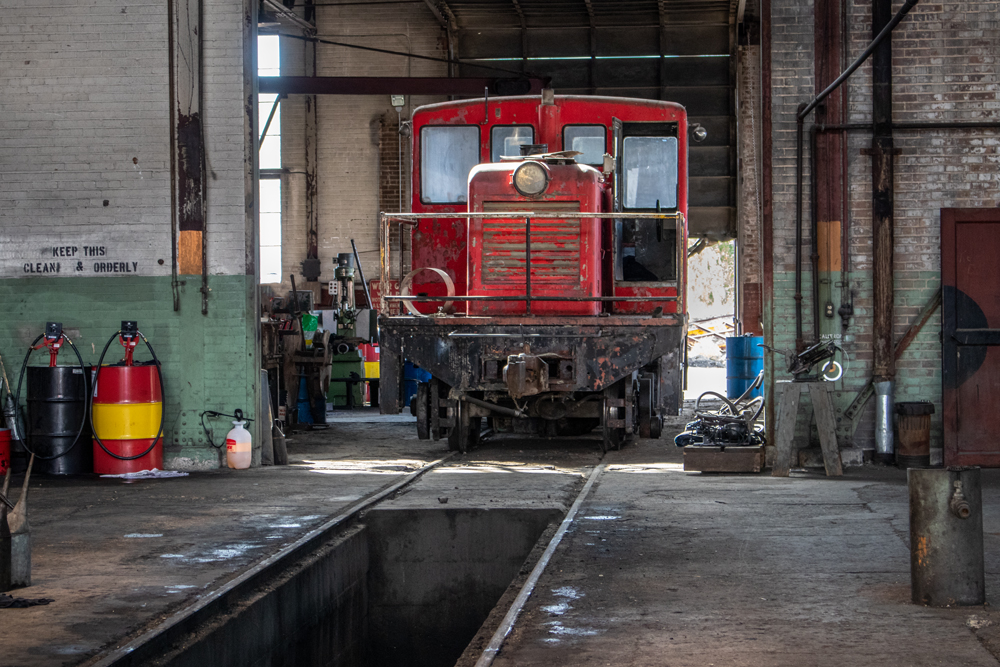
Critters in the enginehouse: There’s a pecking order that governs North American diesel locomotives. At the top of the order are the big high-horsepower locomotives produced by General Electric and Electro-Motive Division. These are followed by medium-horsepower units such as GE’s 2,300 hp Super 7 Series and Republic Locomotive‘s 2,000-hp RD20. Next are medium- and […]
Read More…
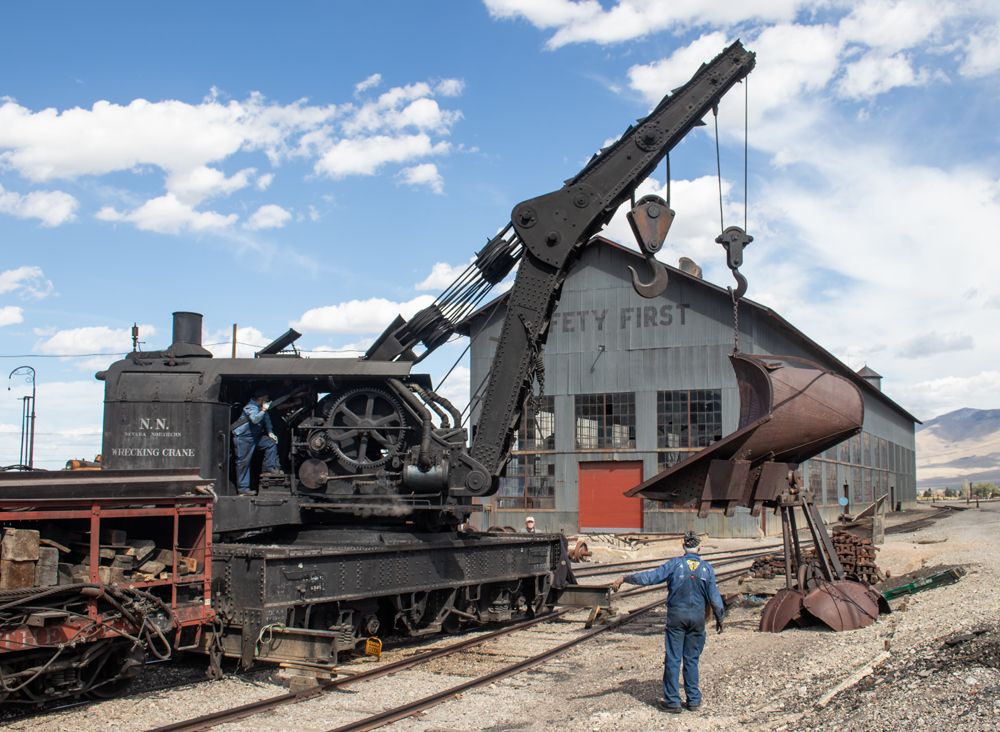
Wrecking derricks were once the kings of maintenance-of-way equipment, used mainly to move derailed rolling stock but also for such other heavy-lifting duties as bridge replacements. Today, when a derailment needs to be cleaned up, the work is often done by private contractors using bulldozer-like machines delivered to the wreck site by highway. But fifty […]
Read More…
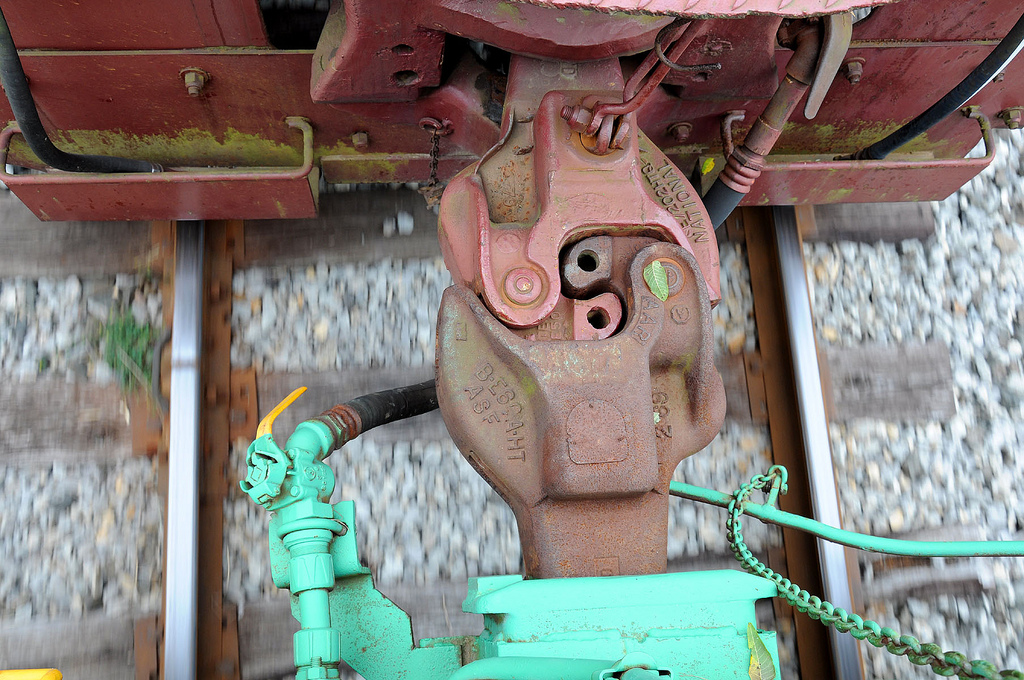
The next time you watch a quartet of six-motor diesels go grinding past with an 11,000-ton unit coal train, consider that all that horsepower is being transmitted through the train by a mere 11-inch-high chunk of steel at the end of each car. This simple little device – the “knuckle” – is the key part […]
Read More…

Before radio communication came into wide use in the 1960s, a locomotive’s whistle was an important tool in conveying information to other employees, both on and off the train, and many signals were on the books. The General Code Of Operating Rules, used by many railroads, contains the following list of whistle signals and their […]
Read More…
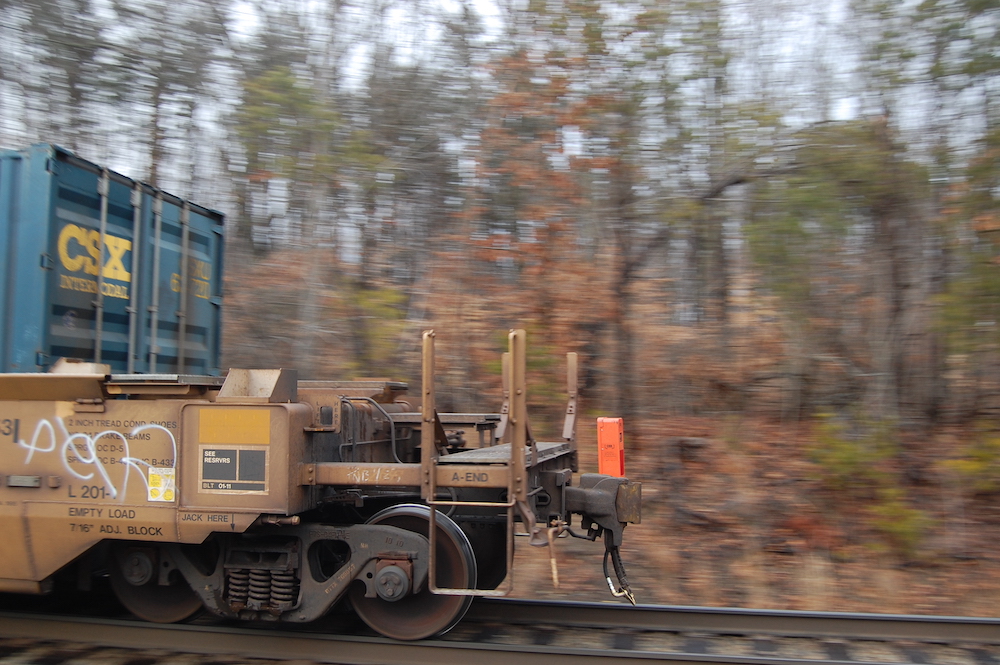
End-of-train devices replaced cabooses that, not so long ago, train watchers almost everywhere could count on as a final point of interest at the end of each freight train. The distinctive little cars housed crew members who would observe the cars ahead for defects, process the train’s paperwork, operate track switches, monitor the air-brake system […]
Read More…
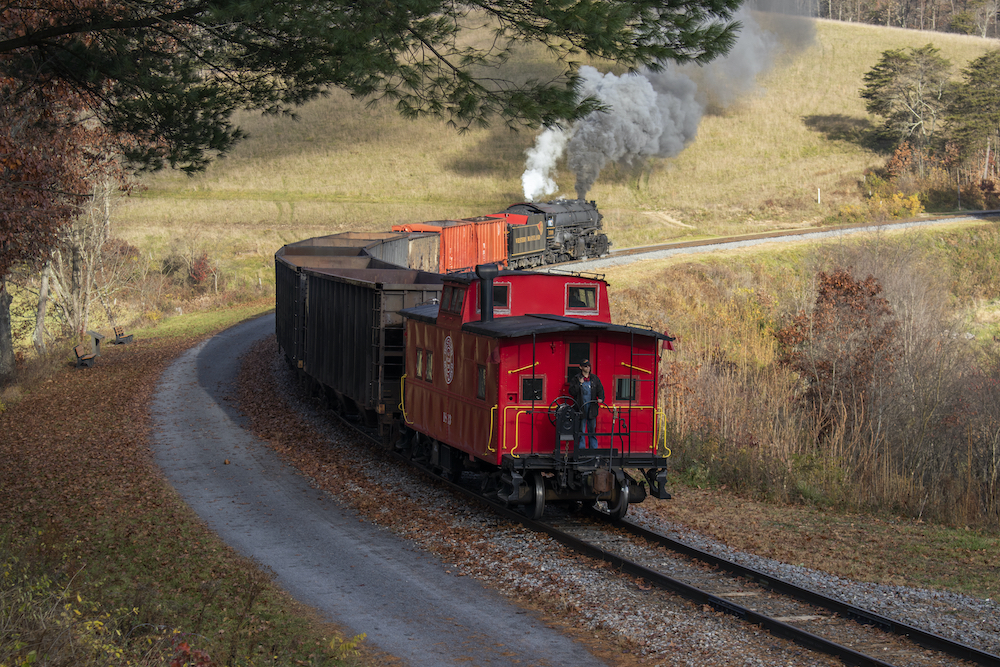
Given a choice, railroads will always follow a straight, level path. Trains use less energy, speeds are higher, and there’s less wear on equipment when railroads can build on an arrow-straight line. But land rises and falls, obstacles must be avoided, and this requires grades to compensate for changes in elevation and curves to reorient […]
Read More…
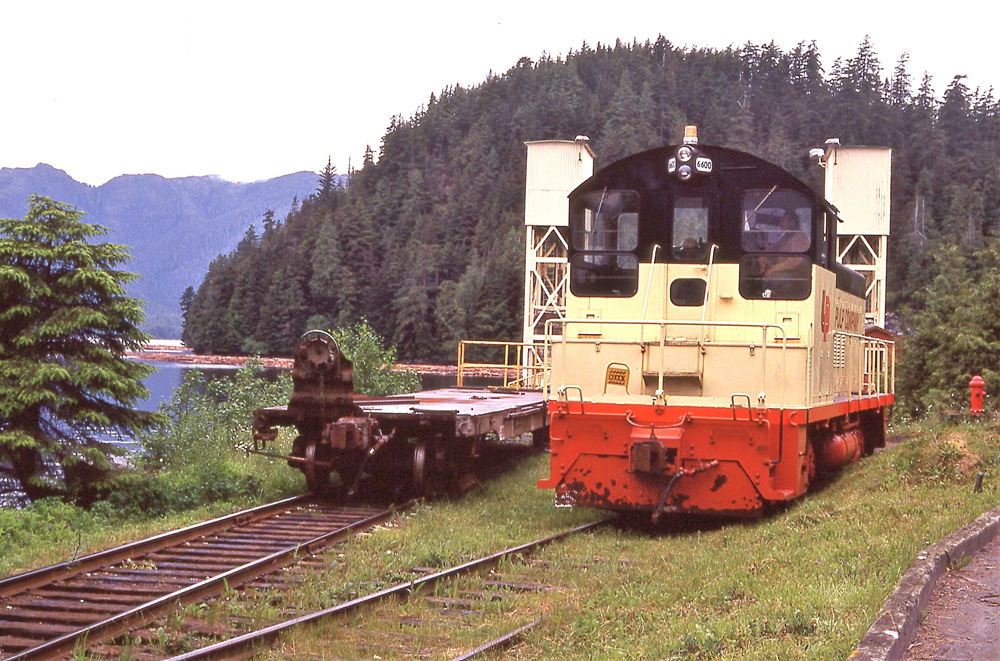
Alaska is a state like no other. It is the largest in the Union but has fewer than 800,000 residents. There is only one currently operating “mainline” railroad. Local trains still stop in the middle of nowhere for off-the-gridders needing transportation to and from traditional towns. Outside its cities, villages, and oil exploration sites, it […]
Read More…
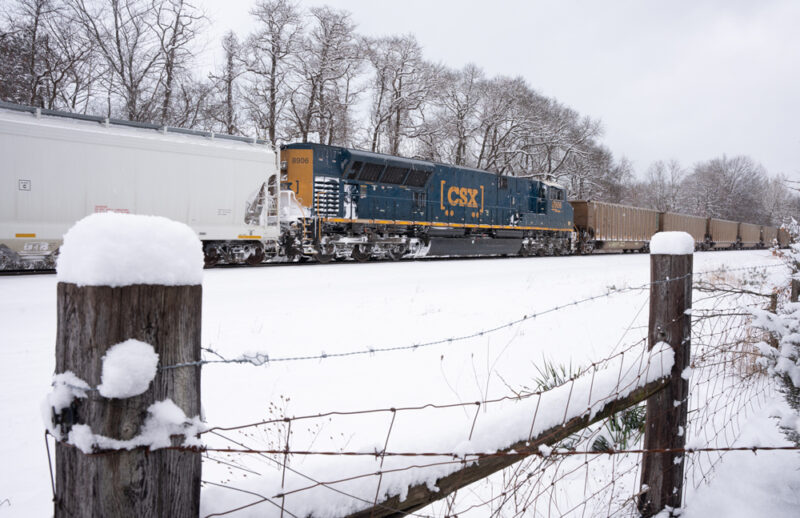
Distributed power Placing locomotives at various locations within a train is nothing new, although the latest technology has improved the operation and extended the length of trains. The adoption of Precision Scheduled Railroading by most Class I railroads accelerated the push to make trains longer, lowering crew starts, and improving train handling in most situations. […]
Read More…
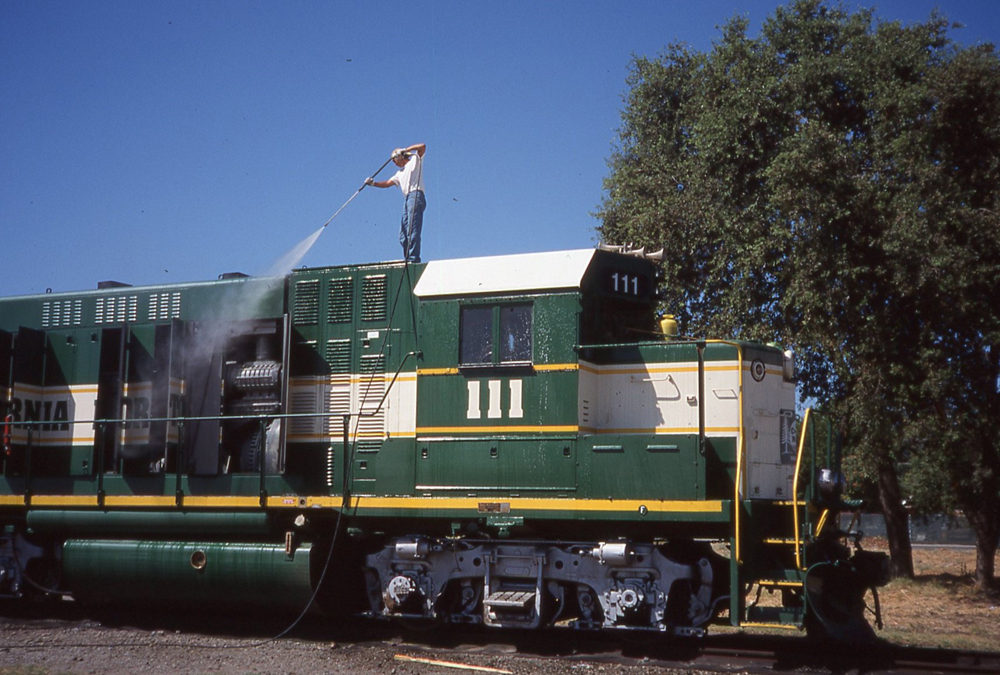
Clean locomotive Finding a locomotive being washed and cleaned before it went to work left me in awe. As a railroad, one of the ways to give your customers with a good impression is taking care of your locomotives. That was the mantra of the original California Northern Railroad management when it began on cast-off […]
Read More…
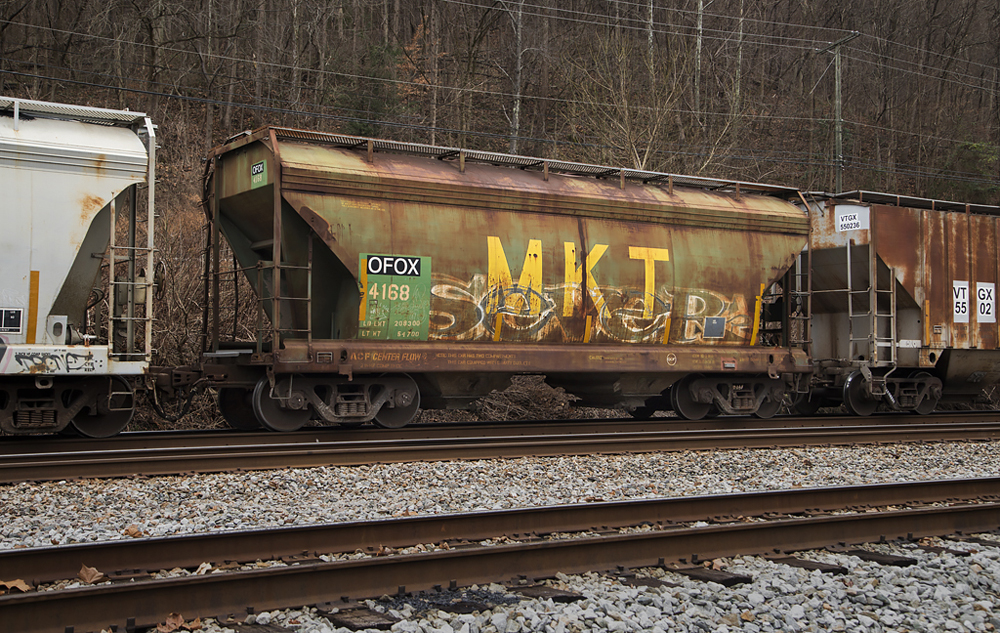
Railroad heritage freight cars: Appreciating the liveries of our favorite fallen flag railroads on the mainline today is mostly limited to the predecessor railroads remembered by Class I railroads’ heritage programs. Norfolk Southern, Union Pacific, and Canadian National collectively recognize more than 30 fallen flag railroads with paint schemes adapted on modern locomotives. Beyond official […]
Read More…
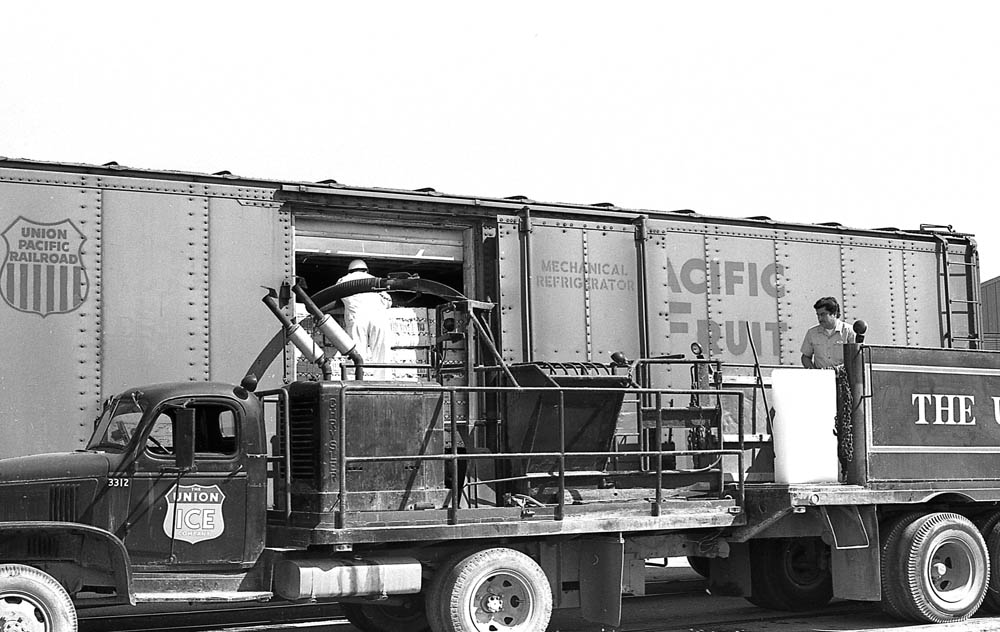
Refrigerated freight cars Progress can give us good, time-saving machinery and concepts our forefathers could have never dreamed of. In the right circumstances, progress allows us to do things quicker, faster, more efficiently, and at a better price point. But it is not necessarily more soul stirring. Diesel-electrics are great to watch hauling long trains […]
Read More…
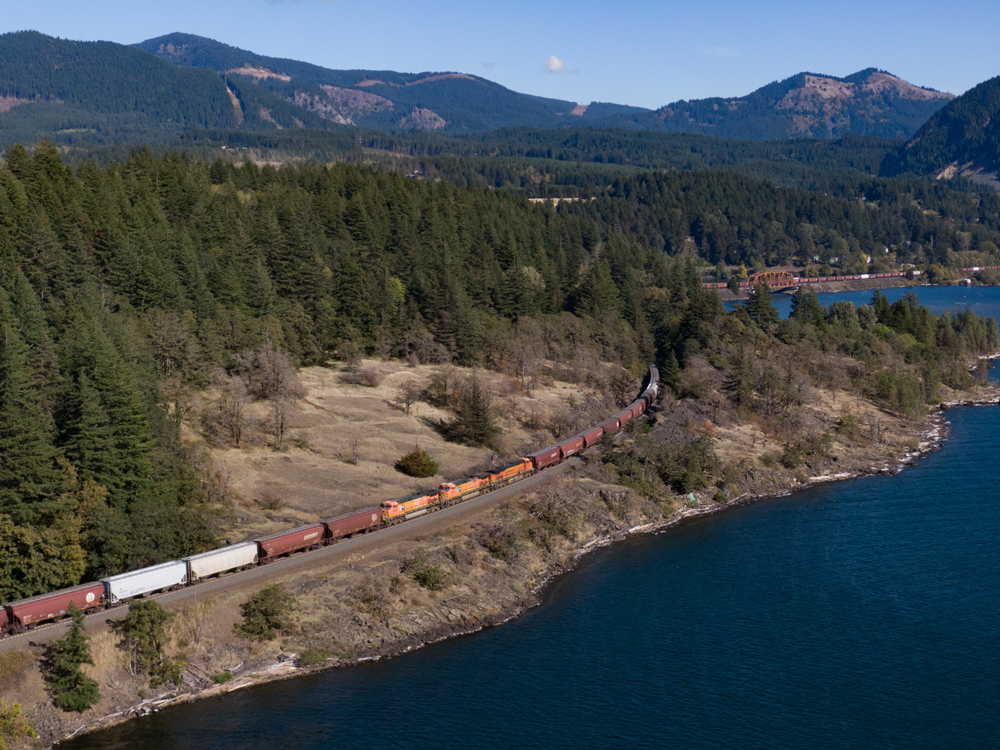
Distributed power In North America, the railroad network is firmly entrenched with operating longer trains. Technology such as distributed power, which places engine consists at different points in a train, has made longer trains safer and easier to handle from an engineer’s point of view. Maintaining reliable constant communication to control these unmanned remote locomotives, […]
Read More…












